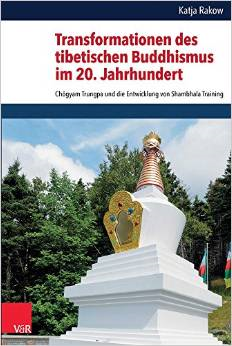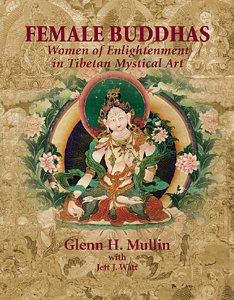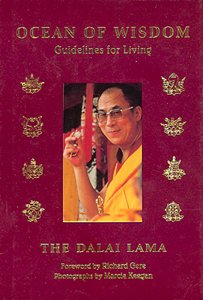Description
English summary: Chogyam Trungpa (1939-1987) was one of the first Tibetans who taught his religious tradition to Westerners in Great Britain and North America. In the 1970/80s, Trungpa developed a secular path to enlightenment, which he called Shambhala Training. Complex transcultural dynamics shaped the creation of Shambhala Training as an innovative set of practices and teachings that Trungpa understood being neither Western nor Eastern. Shambhala teachings, practices, and aesthetics show indeed different cultural influences from Great Britain, Tibet, Japan, and North American counterculture. Moreover, Trungpa intended Shambhala Training to be a secular, but sacred meditation path that everyone could practice irrelevant of his religious orientation. The book argues that the transformations of Tibetan Buddhism visible in the development of Trungpa’s Shambhala Training are not to be seen as a mere cultural adaptation to the Western context, but are best to be understood as a genuine innovation born out of a situation of cultural hybridity. German description: Chogyam Trungpa (1939-1987) war einer der ersten tibetischbuddhistischen Lehrer, die im Westen tatig waren. In den1970/80er Jahren prasentierte er seinen westlichen Schulern einen sakularen Erleuchtungsweg, den er Shambhala Trainingnannte. Die Transformationen des tibetischen Buddhismus, die sich in Shambhala Training abzeichnen, sind durch komplexe transkulturelle Einflusse gepragt. Daher lasst sich die Entwicklung nicht lediglich als erfolgreiche Adaption an westliche Verhaltnisse sehen, sondern als Innovation betrachten, die aus einer Situation kultureller Hybriditat hervorgegangen ist.






Reviews
There are no reviews yet.